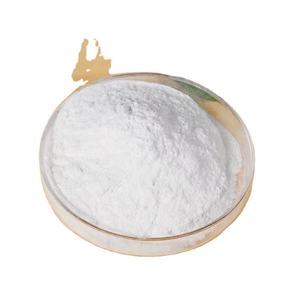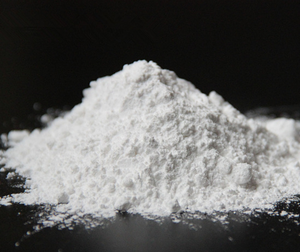Intro to Sodium Tripolyphosphate
Salt tripolyphosphate (STPP) is a functional substance extensively made use of throughout different markets as a result of its distinct buildings. As an inorganic compound, STPP plays a critical role in boosting product performance in areas such as cleaning agents, food processing, and water treatment. This post explores the diverse applications of salt tripolyphosphate and its influence on modern-day industry.
(Sodium tripolyphosphate)
Composition and Manufacturing Process
Salt tripolyphosphate is composed of salt, phosphorus, and oxygen atoms organized in a certain polyphosphate chain. It is normally generated with the neutralization of phosphoric acid with salt hydroxide or sodium carbonate.
The manufacturing procedure involves specific control of response conditions to guarantee high purity and high quality. The resulting STPP is available in both anhydrous and hexahydrate types, each fit for various applications. Its capacity to withdraw steel ions and work as a pH buffer makes it crucial in several formulations.
Applications Throughout Various Sectors
Salt tripolyphosphate locates its use in countless fields as a result of its impressive residential or commercial properties. In the detergent market, STPP functions as a building contractor that boosts the efficiency of surfactants by softening difficult water and protecting against range development. In food handling, it serves as an emulsifier and preservative, enhancing appearance and life span of items like refined meats and seafood. Additionally, in water treatment, STPP aids remove heavy steels and controls corrosion, guaranteeing safe and clean water supplies. Each field benefits from the adaptability and effectiveness of salt tripolyphosphate.
Market Patterns and Growth Drivers
The demand for sodium tripolyphosphate is boosting together with the development of end-user markets. Advancements in making processes improve high quality and minimize expenses. Testing makes certain products carry out as anticipated, developing better products. Firms adopting these innovations offer higher-quality offerings. Consumer awareness about the advantages of using products consisting of STPP, such as more efficient cleaning agents and more secure foods, drives passion. Advertising and marketing efforts concentrate on informing consumers concerning the benefits of these sophisticated substances.
Challenges and Limitations
One challenge with sodium tripopyosphate is ecological issue pertaining to phosphate contamination. Excessive usage can bring about eutrophication in water bodies, impacting water communities. Another concern is price volatility because of rising and fall basic material rates. Nevertheless, the advantages frequently outweigh the prices. Products made with STPP last longer and perform much better. Firms must show the worth of STPP to warrant its usage. Research study continues to locate lasting options and techniques to mitigate ecological effects. Clear interaction concerning sustainability initiatives develops depend on amongst consumers and regulatory authorities.
Future Leads: Innovations and Opportunities
The future looks assuring for sodium tripolyphosphate. Much more study will certainly locate ways to improve its performance while dealing with environmental worries. Technologies such as controlled-release formulations aim to decrease phosphate runoff right into water systems. As markets look for lasting remedies, sodium tripolyphosphate will continue to play a vital role. Its ability to provide dependable and efficient performance makes it important. New advancements may open additional applications. The potential for growth in different sectors is considerable.
End of Paper
( Sodium tripolyphosphate)
This variation streamlines the structure while maintaining the material expert and insightful. Each section concentrates on certain elements of salt tripolyphosphate, making sure clearness and simplicity of understanding. The article intends to highlight the importance and versatility of this substance in numerous applications, stressing its existing importance and future capacity.
Vendor
TRUNNANO is a supplier of Surfactants with over 12 years of experience in nano-building energy conservation and nanotechnology development. It accepts payment via Credit Card, T/T, West Union and Paypal. Trunnano will ship the goods to customers overseas through FedEx, DHL, by air, or by sea. If you want to know more about Chromium Oxide, please feel free to contact us and send an inquiry(sales5@nanotrun.com).
Tags: Sodium tripolyphosphate, STPP, tripolyphosphate de sodium
All articles and pictures are from the Internet. If there are any copyright issues, please contact us in time to delete.
Inquiry us

